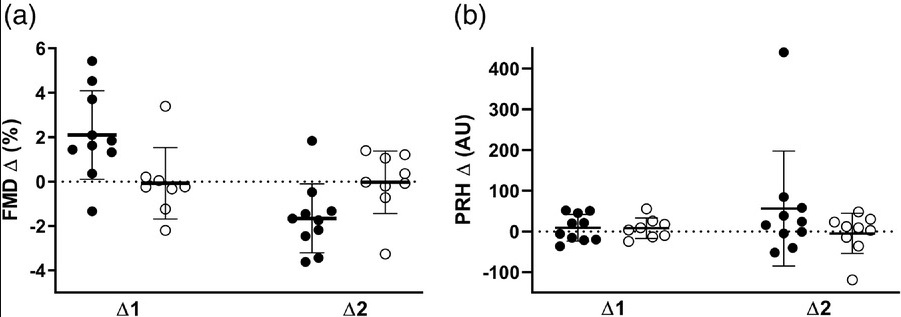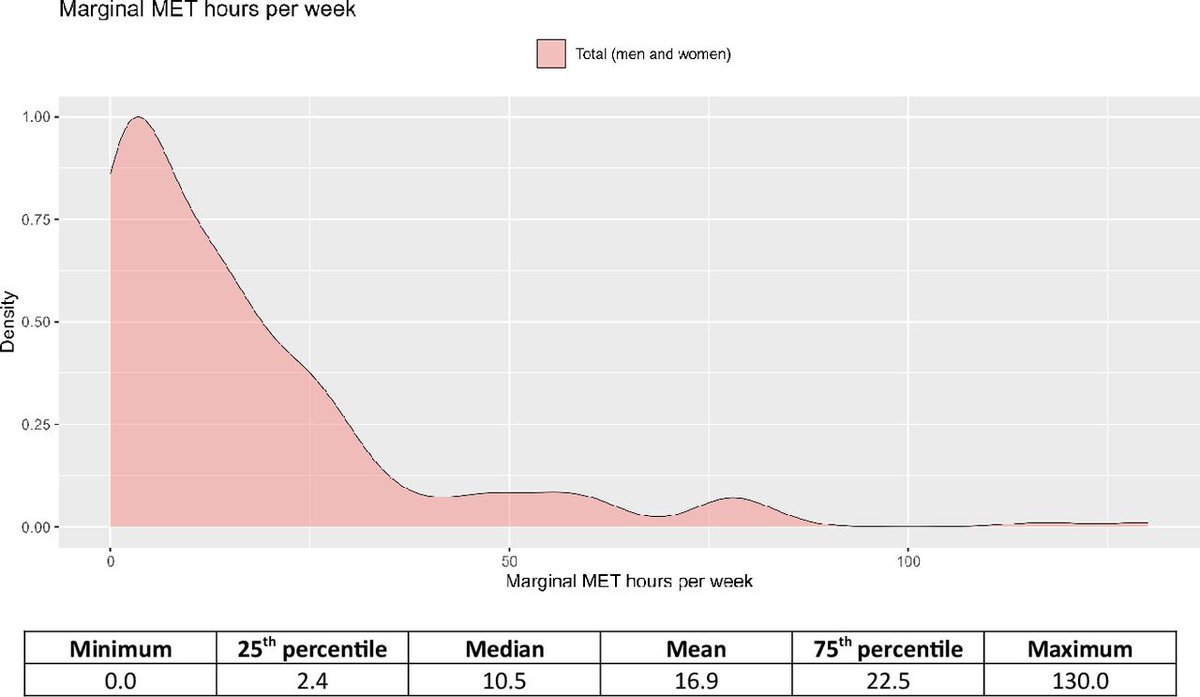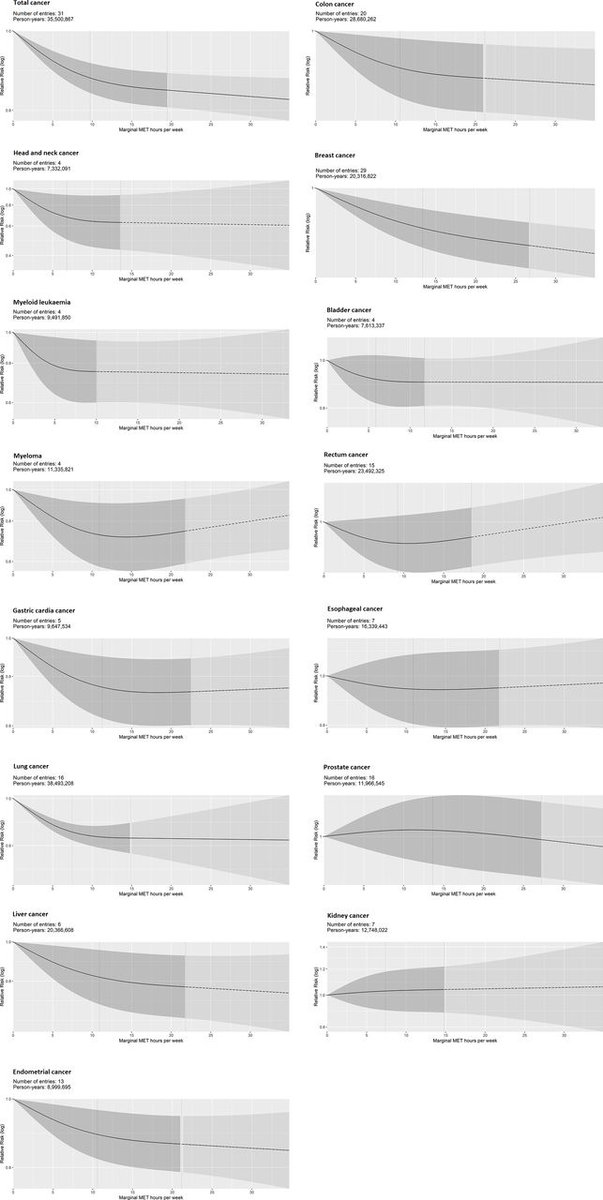
This systematic review and meta-analysis of randomized controlled trials suggests that aerobic exercise may reduce cardiovascular disease risk as predicted by some lipid biomarkers and ratios, when it is prescribed as treatment or prevention.
- The study conducted a meta-analysis of RCTs comparing the effects of at least 12 weeks of cardio achieving a minimum aerobic intensity (> 40% V'O2MAX), against no exercise on apolipoproteins, lipoprotein sub-fractions, associated ratios and lipid ratios...
...in sedentary adults free of chronic diseases other than the CVD risk factors comprising metabolic syndrome.
- It was found that aerobic exercise is likely to improve TC/HDL-C, LDL-C/HDL-C and Apo B100/Apo A1 ratios, as well as Apo B100 and VLDL values.
Estimating the Effect of Aerobic Exercise Training on Novel Lipid Biomarkers: A Systematic Review and Multivariate Meta-Analysis of Randomized Controlled Trials (open access)
doi.org/10.1007/s40279…
#exercise #GymLife #GymTime #muscle #cardio #hiit
doi.org/10.1007/s40279…
#exercise #GymLife #GymTime #muscle #cardio #hiit
• • •
Missing some Tweet in this thread? You can try to
force a refresh














